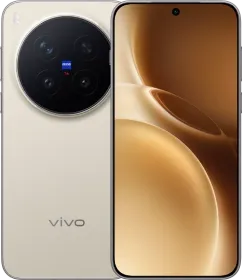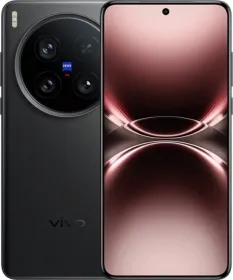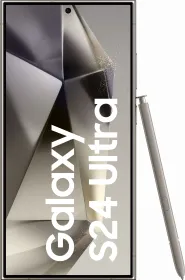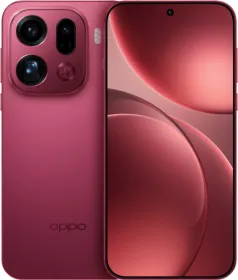The vivo X200 series, which includes the X200, X200 Pro, and X200 Pro mini, was recently unveiled in China. Early reviews are in, and vivo’s newest lineup is already making waves for its bold camera choices. The highlight is the new 200 MP Samsung ISOCELL HP9 periscope.
However, the most notable change, after the 200 MP periscope, on the X200 Pro is that it now features a 1/1.28″ sensor co-developed with Sony, named LYT818, replacing the 1″ sensor found on the previous X100 Pro (review). The decision to downsize the sensor has sparked debate among fans about whether vivo has delivered an upgrade or taken a step back. Let’s dive into the details to find out.
A complex approach to camera upgrades
vivo’s approach to camera upgrades in the X200 series is, let’s say, complex. The X200 Pro now sports a 1/1.4″ 85mm 200 MP Samsung ISOCELL HP9 periscope telephoto lens, a significant improvement from the previous 1/2.5″ 100mm 50 MP periscope used on the X100 Pro.
ALSO READ: vivo X200 Pro Vs. X100 Pro: How Does The New Flagship Compare To Its Predecessor?
1” vs. 1/1.28”: Better or Worse?
The primary sensor, however, has shrunk from the 1″ size on the X100 Pro to a 1/1.28″ sensor. It’s now about 30% smaller in size, which is a huge reduction. While a reduction in sensor size usually indicates a decrease in light-capturing capability, vivo argues that the new LYT818 brings a range of other upgrades that make it a better choice.
The shift away from a 1″ sensor has been justified by vivo on the basis of efficiency, and some other factors. The previous 1″ (IMX 989, 1/0.98″) sensor in the X100 Pro was built on a 40nm process, which was less power-efficient and struggled with sustained performance due to higher power consumption.
In contrast, the new LYT818 sensor is based on a 22nm architecture, which brings significant improvements in power efficiency. This allows for more extended periods of continuous shooting and video recording without overheating.
Additionally, the smaller process allows the LYT818 to handle real-time HDR, which also improves dynamic range (86dB) in challenging lighting conditions. According to vivo, the 1/1.28″ sensor benefits from advanced noise reduction algorithms that reduce noise levels in low-light situations, potentially even outperforming the 1″ sensor.
ALSO READ: Vivo X200 5G Vs Vivo X100 5G: A Comparison of Specs and Features
Better videos across the board
This has also allowed vivo to improve the X200 Pro’s video recording bitrate, which has been significantly increased from 24 Mbps on the X100 Pro to 120 Mbps on the X200 Pro. This was highlighted by the man who led the incremental leaps vivo has made in camera’s last few years, Keshav Chugh, on X (formally known as Twitter).
The vivo X200 Pro also supports 4K120 video, 10-bit 4K60 log video capture across the focal range (0.6x to 20x), and also Cinematic Video in 4K now. 4K HDR is also possible now, thanks to the new sensor and the V3+ chip, which is based on a 6mm architecture.
The new sensor’s architecture supports much higher data throughput, which, combined with a 22nm process, the new V3+ imaging chip, and Dimensity 9400’s ISP, should result in better performance compared to the older 1″ sensor.
vivo insists that these advancements compensate for the smaller sensor size, allowing the X200 Pro to outperform the X100 Pro in real-world scenarios.
ALSO SEE: vivo X200 Series Launched in China: Check Every Little Spec and Pricing
Sorry vivo, you can’t beat Physics
For starters, a larger sensor area allows for greater light-gathering capability, resulting in better low-light performance and less noise. Moreover, the 1″ sensor inherently provides more natural background blur (bokeh) due to its size.
While software-based enhancements and HDR processing can help compensate for some of the effects, they can’t quite match the depth and realism that come naturally with a bigger sensor.
Even with advancements in noise reduction algorithms and image processing units (ISPs), there is a limit to how much smaller sensors can replicate the benefits of a larger sensor. The one-inch size could’ve enabled greater flexibility in post-processing, even better than the 1/1.28″ size.
Will the 1” sensor make a comeback?
There’s speculation that the 1″ sensor might make a comeback in with the X200 Ultra model, combined with the advanced technology seen in the X200 Pro. If vivo does indeed introduce such a model, it will probably only be China-exclusive.
Takeaway

So, while some may view the reduction in sensor size as a downgrade, vivo’s improvements in efficiency, dynamic range, and the gigantic periscope present a compelling case for it being an upgrade, there are objective benefits to a larger sensor, though.
Hands-on testing will be crucial to truly determining if the X200 Pro can outshine its predecessor in all conditions. We’ll try to compare the two when we get our hands on the vivo X200 Pro later this year in India. Stay tuned.
You can follow Smartprix on Twitter, Facebook, Instagram, and Google News. Visit smartprix.com for the latest tech and auto news, reviews, and guides.






































